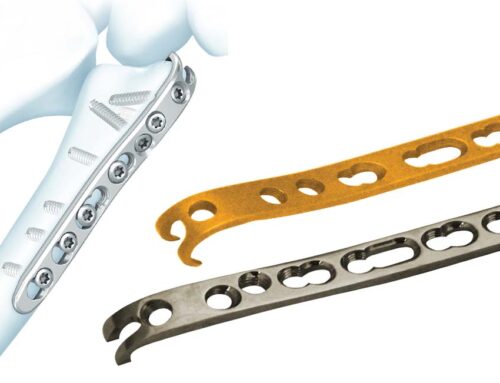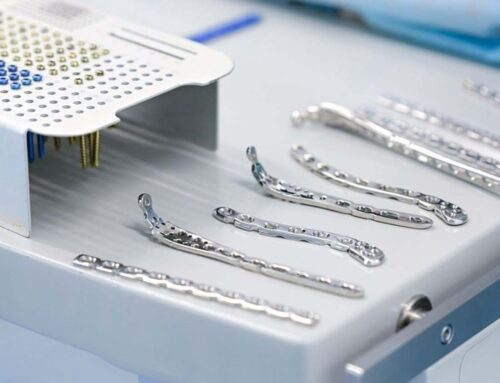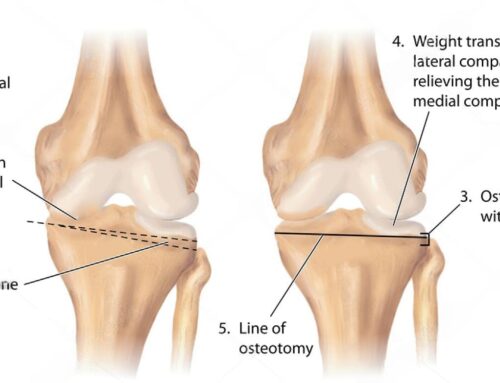Let’s break down shoulder fractures, including their causes, symptoms, and treatment options.
Causes:
Trauma: The most common cause of shoulder fractures is a traumatic event, such as a fall onto an outstretched arm or a direct blow to the shoulder.
Osteoporosis: Weakening of the bones due to conditions like osteoporosis can make them more susceptible to fractures, even from minor trauma.
Sports Injuries: Participation in high-impact sports or activities can increase the risk of shoulder fractures, particularly in contact sports or activities that involve repetitive overhead motions.
Car Accidents: Motor vehicle accidents can result in significant trauma to the shoulder, leading to fractures.
Symptoms:
Pain: Pain is usually the most prominent symptom, particularly with movement or pressure on the affected shoulder.
Swelling: Swelling around the shoulder joint may occur, especially if there is soft tissue damage in addition to the fracture.
Bruising: Bruising or discoloration around the shoulder area may develop.
Limited Range of Motion: Difficulty moving the shoulder or performing certain activities due to pain and stiffness.
Deformity: In severe fractures, there may be visible deformity or misalignment of the shoulder.
Types of Shoulder Fractures:
Clavicle Fracture: Fracture of the collarbone, often caused by a fall onto the shoulder or an outstretched arm.
Proximal Humerus Fracture: Fracture of the upper part of the arm bone (humerus) near the shoulder joint.
Scapula Fracture: Fracture of the shoulder blade (scapula), usually due to significant trauma.
Glenoid Fracture: Fracture of the socket part of the shoulder joint (glenoid), which can occur in high-impact injuries.
Treatment:
Immobilization: In many cases, the shoulder may be immobilized using a sling or brace to allow the fracture to heal properly.
Pain Management: Pain medications or anti-inflammatory drugs may be prescribed to manage pain and reduce inflammation.
Physical Therapy: Once the fracture begins to heal, physical therapy exercises are often prescribed to improve range of motion, strength, and flexibility in the shoulder.
Surgery: Surgery may be necessary for more severe fractures or if there is significant displacement or instability of the fracture fragments. Surgical options include internal fixation with screws, plates, or rods, or in some cases, joint replacement surgery.
Rehabilitation: Following surgery or immobilization, rehabilitation is essential to restore full function and strength to the shoulder joint.








Leave A Comment